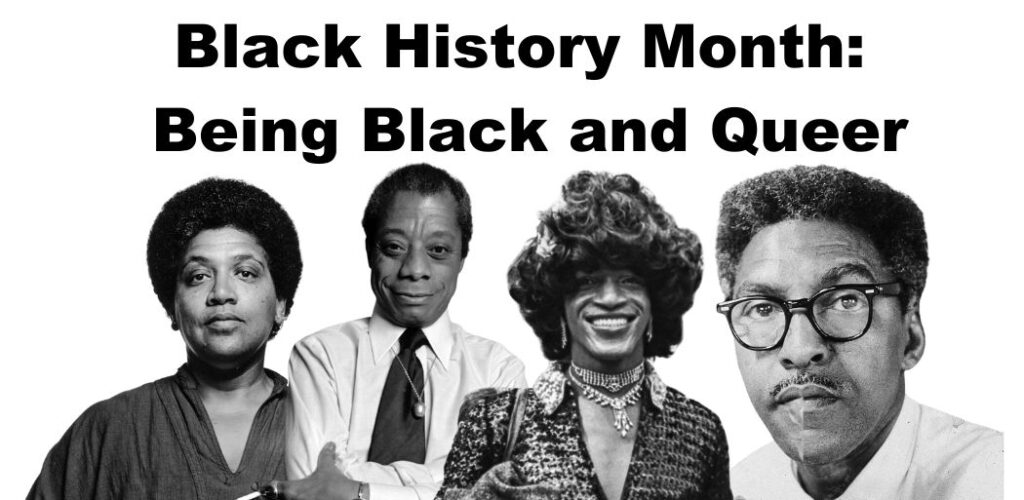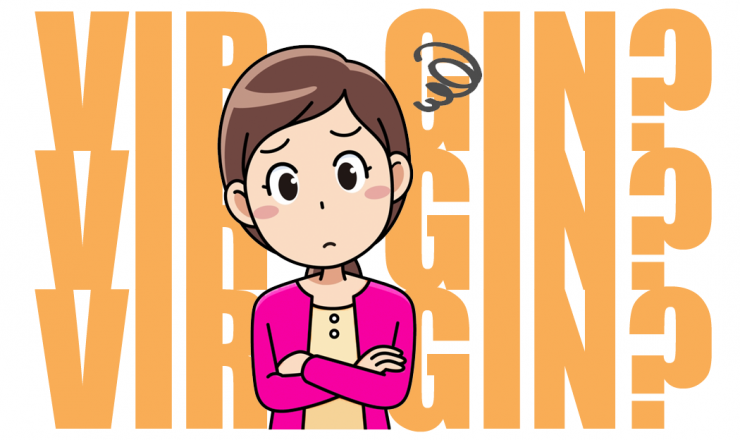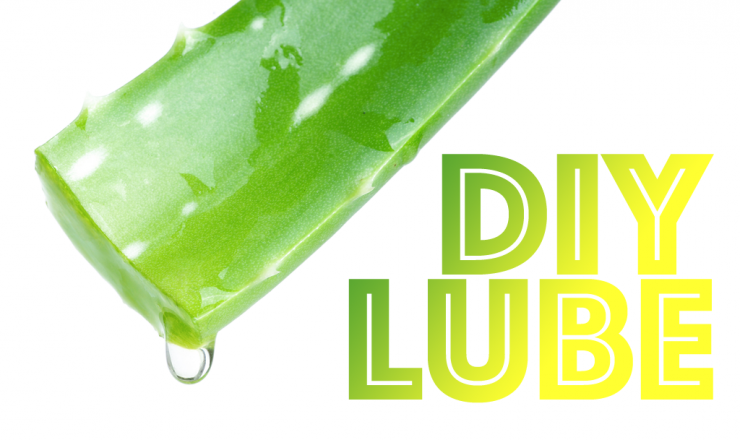

This month and onward Teen Health Source is dedicating our platform to highlight issues facing the Black community relating to health, relationships, and more. We’ve sat down with Paula, the Volunteer Engagement Worker for Planned Parenthood Toronto’s T.E.A.C.H. (Teens Educating And Confronting Homophobia) program to discuss what it means to be Black and queer, and some of the histories behind the fight for Black queer liberation.
During this conversation we address some heavier topics like racism, violence, and the AIDS epidemic. We encourage you to take a break when necessary if things feel overwhelming, but understand that while it may be uncomfortable these are important things to learn and talk about when you can.
James Baldwin, was an American writer whose work dealt with issues of race, sexuality, and class in America. He also played a significant role in the Civil Rights Movement, giving lectures on racial equality across America. Some of his better known works are Go Tell It On The Mountain (1953), Notes of A Native Son (1955), and Giovanni’s Room (1956).
Audre Lorde, was an author, poet, activist, and professor who wrote about her experiences as a Black lesbian, travelling around the globe lecturing on the rights of Black people and the way Blackness intersects with gender, sexuality, class, and disability. Some of her well known works are Sister Outsider (1984), Zami: A New Spelling of My Name (1982), The Cancer Journals (1980) as well as other published collections of her work.
Bayard Rustin, was an American civil rights activist who worked closely with Martin Luther King Jr. during the American Civil Rights Movement, and fought for gay rights in the 1980s. Due to his sexuality he was often a background figure, but was no less influential in his efforts to fight for Black liberation.
Marsha P. Johnson, is someone we did not name directly in our conversation but is often who comes to mind when we talk about the whitewashing of queer-history. She was an American activist and drag queen involved in the Stonewall Riots and early queer liberation efforts.
Kimberle Crenshaw, is an American civil rights advocate known for introducing the concept of intersectionality to critical theory. Crenshaw’s work has been published alongside other scholars in compendiums such as Critical Race theory: The Key Writings That Formed the Movement (1996) and in legal journals that feature her article Mapping the Margins: Intersectionality, Identity Politics and Violence against Women of Color.
While our conversation focused on American activists, it’s important to note that Canada has its own history of political activism when it comes to racial justice and queer liberation. Stay tuned for more posts on Canada’s Black Queer History!
We also wanted to define some terms we used that may need further explanation. Some of these, like intersectionality, are explained in our definitions section here, but we’ll define a few that aren’t below.
While Teen Health Source focuses on information related to sexual health and relationships, we can still suggest resources and further reading if you have more questions, feel free to contact one of our peer educators. [Link]
Last updated: February 2023.

When or if you lose your virginity is supposed to be a totally personal choice, but that doesn’t mean it’s always an easy one! This post will go over some ideas and strategies to help you stay true to your decision to stay a virgin.

Tired of giving money to corporations just to have some lube? Check out these options for Do It Yourself Lube!

This series explores a small portion of the great wide world of Virtual Sex! Our first instalment covers questions like: What is it? Why do people do it? How do people do it? Is it even “doing it”? And more?